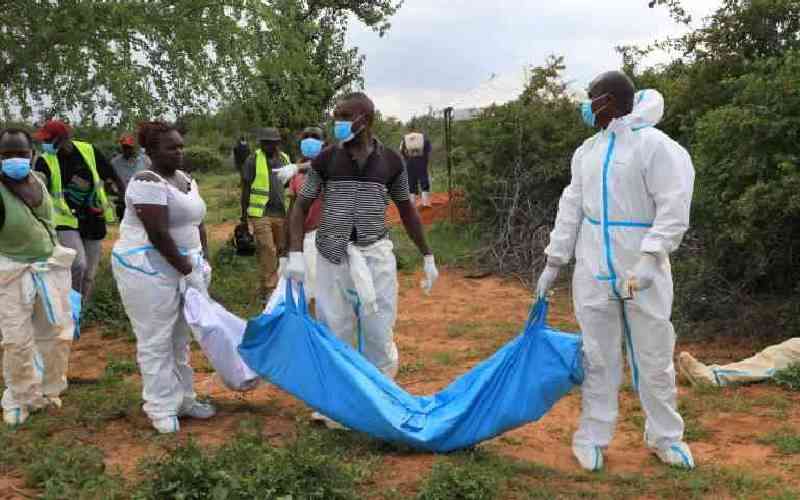×
The Standard e-Paper
Kenya’s Boldest Voice

Relatives of the victims of the Shakahola cult rituals will wait longer to get the bodies of their kin for burial.
The State will be sending phone texts messages to the families once DNA tests are ready.